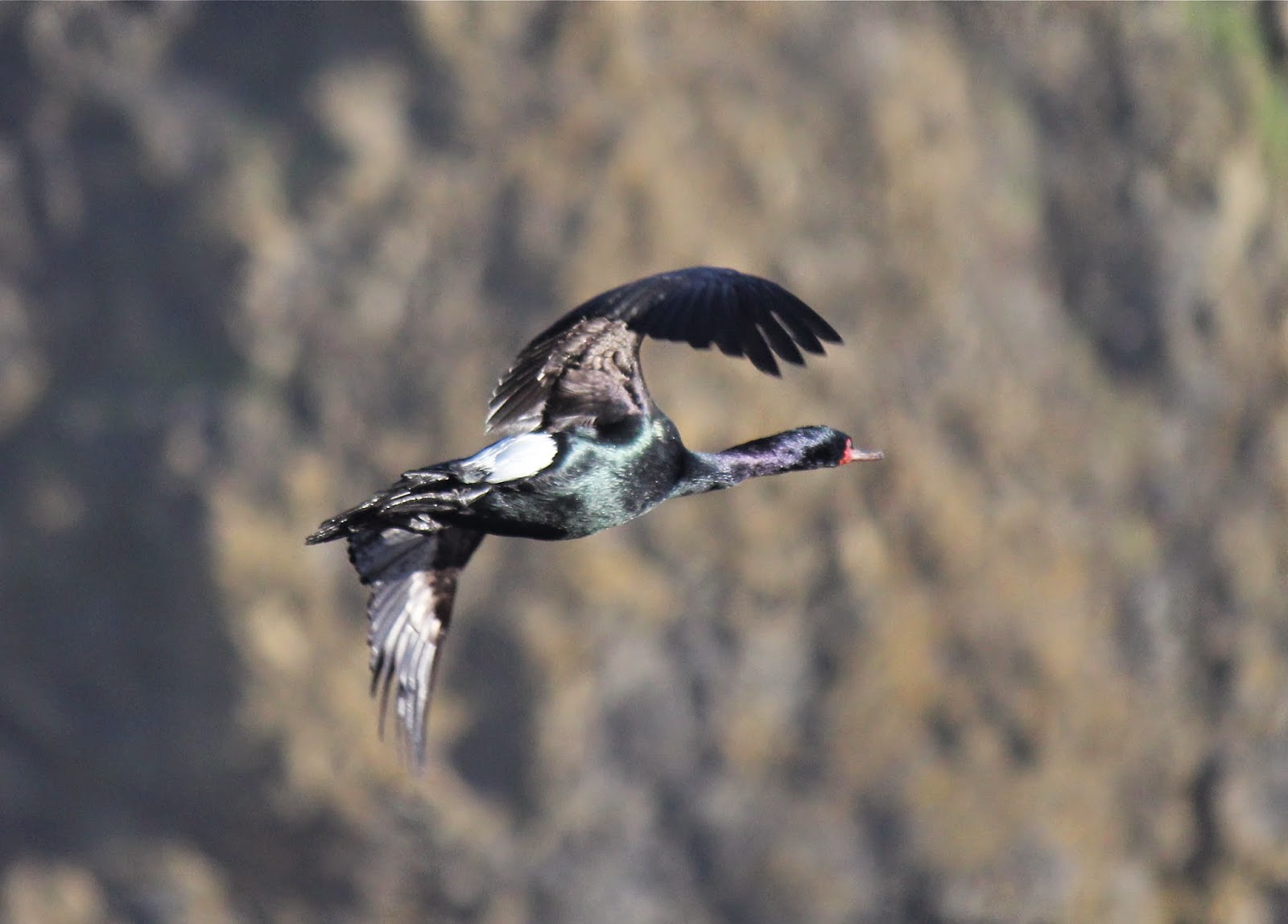Brought By The Wind!
You never know what you'll find on the beach from day to day. The strong south-west to west winds late last week washed a number of things onto our local beaches. Just in time for SOLVE's Beach Cleanup on Saturday March 28th, there was quite a bit of debris for the volunteers to clean up!
Due to the same winds, a large number of By-the-wind Sailors (Velella velella) also washed onto the beach. This animal is an open-ocean dweller that lives in colonies floating on or near the surface with each individual up to 10 cm in diameter. The animal's body is composed of an oval 'float' full of gas filled pockets with a 'sail' set diagonally across the top of the float. Hanging down from the underside of the float is a single large-mouthed feeding tube, surrounded by rows of reproductive bodies and numerous blue tentacles around the rim. At sea, the float and sail remain above or near the surface and the sail helps distribute them using the force of the wind. However because they sail only downwind or at a slight angle, when the winds are right, or just wrong, they can be blown ashore in very high numbers, sometimes millions piling onto beaches.
While Velella might appear to be a jellyfish it is actually a pelagic hydroid. There are many species of hydroids that can be found at Haystack Rock, such as the Pink Mouth Hydroid (Ectopleura marina) attached to intertidal rocks. Instead of living attached to rocks though, Velella's "substrate" is the ocean's surface.
The primary color of Velella is blue, but the float is colorless. After washing ashore, the tissue will rot away leaving only the nearly transparent float which has a texture of soft plastic. Velella is not dangerous to humans, but they sting and capture small prey.
Due to the same winds, a large number of By-the-wind Sailors (Velella velella) also washed onto the beach. This animal is an open-ocean dweller that lives in colonies floating on or near the surface with each individual up to 10 cm in diameter. The animal's body is composed of an oval 'float' full of gas filled pockets with a 'sail' set diagonally across the top of the float. Hanging down from the underside of the float is a single large-mouthed feeding tube, surrounded by rows of reproductive bodies and numerous blue tentacles around the rim. At sea, the float and sail remain above or near the surface and the sail helps distribute them using the force of the wind. However because they sail only downwind or at a slight angle, when the winds are right, or just wrong, they can be blown ashore in very high numbers, sometimes millions piling onto beaches.
Thousands of By-the-wind Sailors washed up on Cannon Beach this week
Close-up of a mass of By-the-wind Sailors
Single By-the-wind Sailor
Pelagic tunicates (Salpa fusiformis), also called salps, were also stranded on the beach. This is another species that lives near the water surface and also swims and/or drifts in the currents. They can be solitary barrel-shaped animals or a chain of budding individuals which propel themselves by pumping water through their bodies. The species is translucent-white with a dark, compact nucleus housing its organs. The solitary individuals have body lengths between 1 and 5 cm and chains can be as long as 20 cm.
Salp (left) and By-the-wind Sailor (right)
Next time you walk the beach keep your eyes open ... you might find something you have never seen before. Take some pictures and the staff and volunteers of Haystack Rock Awareness Program will be happy to help with identification. We are now on the beach every day at low-tide.







Comments
Post a Comment